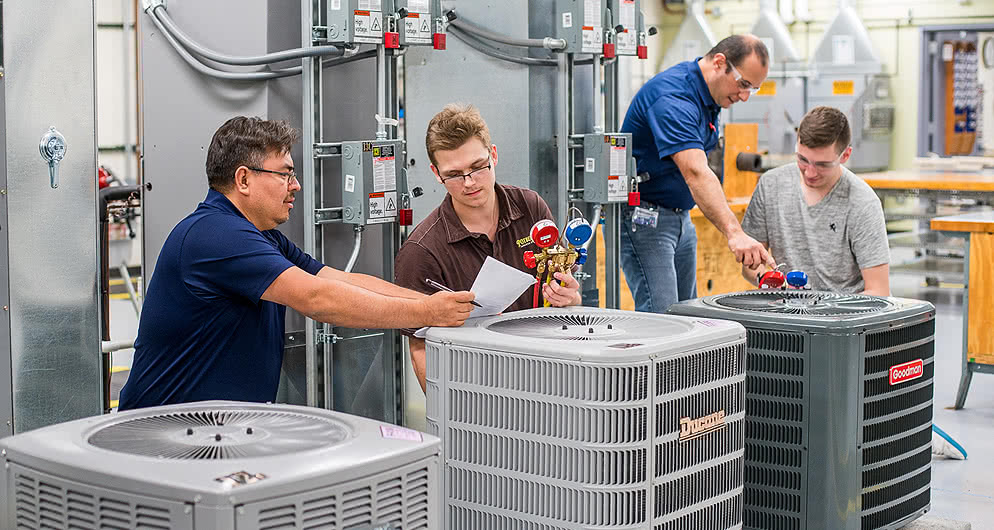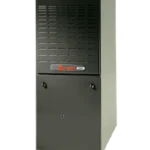
In the domain of air conditioning systems, effectiveness holds paramount importance. As concerns about the environment intensify and energy expenditures escalate, both homeowners and businesses are actively seeking methods to enhance the efficiency of their cooling arrangements. A pivotal yardstick in this endeavor is the Seasonal Energy Efficiency Ratio (SEER) rating. A comprehensive comprehension of SEER ratings is indispensable for individuals endeavoring to make well-informed choices regarding air conditioning units. This discourse will delve into the significance of SEER ratings, their method of computation, their implications on energy consumption and expenditures, and the factors necessitating consideration when opting for a cooling system.
The SEER rating serves as a gauge of an air conditioner’s efficiency throughout a standard cooling season. It delineates the proportion of an air conditioner’s cooling output to its energy input, quantified in British thermal units per watt-hour (BTU/Wh), over a season. A higher SEER rating signifies heightened efficiency of the air conditioner. This efficiency translates into diminished energy consumption and lowered utility bills, rendering high SEER-rated units an appealing option for environmentally conscious consumers and those keen on curtailing operating expenses.
The process of computing SEER ratings entails simulating an array of operational conditions reflective of typical usage patterns across the cooling season. This encompasses variations in outdoor temperatures and humidity levels to accommodate the system’s performance under diverse circumstances. The resultant SEER rating furnishes consumers with a standardized metric facilitating precise comparison of the efficiency of different air conditioning units.
The significance of SEER ratings on energy consumption and expenditures cannot be overstated. A higher SEER-rated air conditioner expends lesser electricity to generate the same quantum of cooling as compared to a lower SEER-rated unit. Over the lifespan of an air conditioning system, the savings in energy costs can be substantial, offsetting the potentially higher initial investment necessitated for a more efficient unit. Furthermore, high SEER-rated systems contribute to curbing greenhouse gas emissions by mitigating overall energy demand, thereby aligning with sustainability objectives and environmental stewardship.
When contemplating the acquisition of an air conditioning system, several considerations extend beyond merely SEER ratings. While a high SEER rating indicates heightened energy efficiency, other factors such as the dimensions of the space to be cooled, climatic conditions, installation prerequisites, and financial constraints assume pivotal roles in the selection of the appropriate system. A properly sized and installed air conditioner, tailored to the specific requisites of the space, will optimize comfort and efficiency while curtailing operating expenses.
Additionally, continual maintenance and judicious usage are imperative for maximizing the efficiency and longevity of any air conditioning system, irrespective of its SEER rating. Routine maintenance activities, encompassing filter cleansing, duct inspection, and scheduling professional tune-ups, guarantee optimal performance and energy efficiency. Furthermore, embracing energy-conserving practices such as adhering to recommended thermostat settings, utilizing programmable thermostats, and effectuating proper insulation and sealing of residences, serve to further augment the efficiency of air conditioning systems.
In summation, a thorough understanding of SEER ratings is indispensable for making informed choices regarding air conditioning systems. SEER ratings furnish a standardized gauge of efficiency, enabling consumers to accurately juxtapose different units. Higher SEER-rated air conditioners confer significant advantages in terms of energy savings, reduced operating costs, and environmental sustainability. Nevertheless, the selection of the appropriate system necessitates consideration of various factors beyond just SEER ratings, encompassing spatial requirements, climatic conditions, installation prerequisites, and maintenance exigencies. By accordant priority to energy efficiency and embracing best practices in system selection, installation, and usage, consumers can relish optimal comfort while mitigating environmental impact and operating expenses over the long haul.






